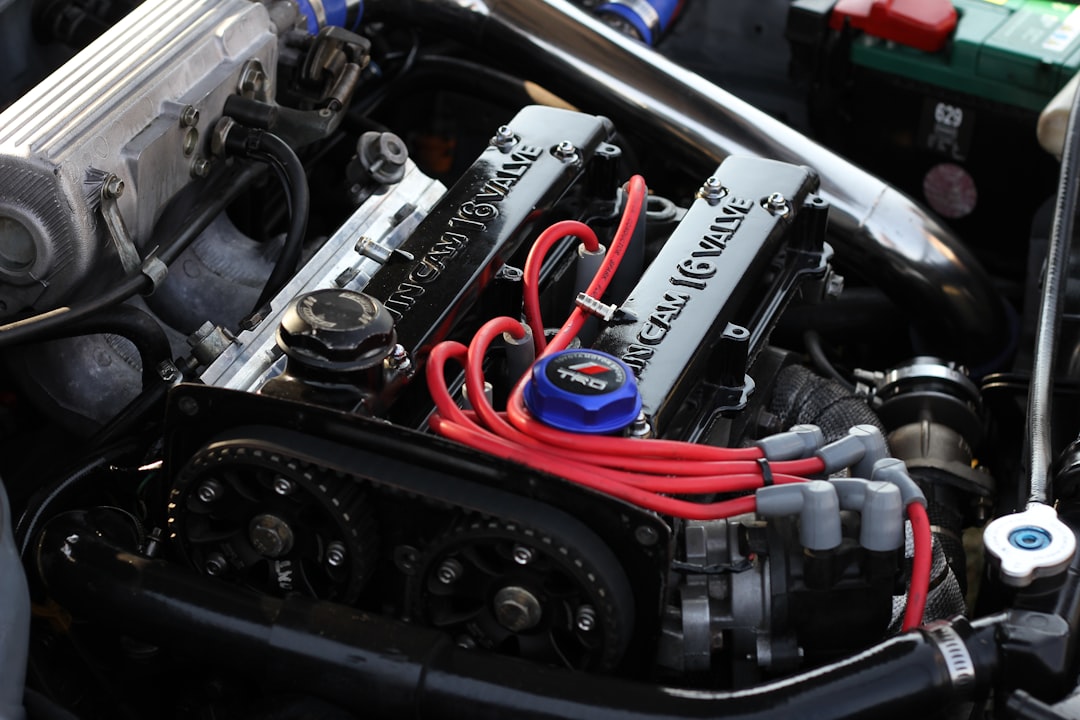What is it about?
Escherichia coli BL21(DE3)/ΔpgiΔzwfΔgalU mutant was engineered by overexpressing thymidine diphosphate (dTDP)-d-glucose synthase (tgs), dTDP-d-glucose 4,6-dehydratase (dh), and a sugar aminotransferase (wecE) from different sources to produce a pool of dTDP-4-amino-4,6-dideoxy-d-galactose in the cell cytosol. To this recombinant mutant, two Arabidopsis thaliana glycosyltransferases (ArGT-3 and ArGT-4) were overexpressed to generate two glycosylation platforms (E. coli BL21(DE3)/ΔpgiΔzwfΔgalUTDW-3 and E. coli BL21(DE3)/ΔpgiΔzwfΔgalUTDW-4), which were accessed for the glycosylation of fisetin. As a result, one of the two systems, E. coli BL21(DE3)/ΔpgiΔzwfΔgalUTDW-3, was able to conjugate 4-amino-4,6-dideoxy-d-galactose sugar at the 3-OH position of fisetin, producing an unnatural fisetin 3-O-4-amino-4,6-dideoxy-d-galactoside.
Featured Image
Why is it important?
Novel fisetin glycosides synthesis. Fisetin was conjugated with un-natural NDP-amino sugars
Read the Original
This page is a summary of: Biosynthesis of a novel fisetin glycoside from engineered Escherichia coli, Journal of Industrial and Engineering Chemistry, November 2016, Elsevier,
DOI: 10.1016/j.jiec.2016.07.054.
You can read the full text:
Contributors
The following have contributed to this page










